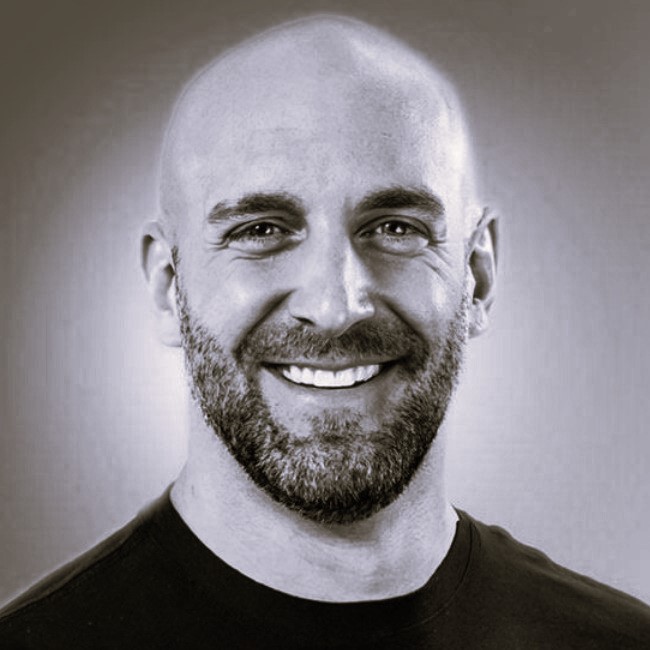Podcast Overview
Subscription based businesses, a waste of time or a profitable revenue stream?
We get asked this question, a LOT.
Done well, they can be a really strong addition to any eCommerce business. It makes sales more predictable and gives ample opportunity for upsell.
Listen to this week’s podcast to find out if subscription based boxes are the right tactic for you.
eCom@One Presents:
Paul Jarrett
In this episode, Richard sits down with Paul Jarrett, CEO of Bulu, a company that specialises in shipping subscription boxes for established brands. Paul shares insights on the challenges and successes of getting into eCommerce, particularly with their transition into the subscription box business.
From solving shipment and technology challenges to catching the attention of big brands, Paul offers valuable advice on adding excitement and personalisation to the subscription box delivery experience. The discussion also delves into the importance of logistics, customer retention strategies and future trends in subscription services.
If you’re interested in the world of eCommerce and the future of subscription models, this episode is packed with valuable insights and practical advice. Listen now!
Topics Covered
00:20 – Retaining clients for subscriptions and strategies for standing out in the crowded marketplace
04:02 – From nothing to 60,000 subscribers, the journey and challenges of Bulu Box
09:22 – Enabling brands to reach diverse sales channels, focus on independent retailers over Amazon and Shopify
12:02 – Some fulfillment companies built on Uber-like models facing frustration and education leading to demand for flexibility
22:51 – Reflect, reevaluate and plan for future success
24:55 – Logistics costs are high, transparency is important
28:39 – Customer feedback, subscription balance, CAC to LTV ratio
30:15 – Unexpected subscriptions leading to receiving complimentary products through data exchange
35:10 – Focus on social media sales, identify customer needs, be hands-on with manufacturing and avoid big retailers
36:58 – Advises seeing opportunity in tough times, building relationships, and seizing opportunities from industry challenges
40:10 – Predictions on the future of eCommerce: customisable orders, streamlined payment systems and relevance of subscription models
43:17 – Book recommendation


